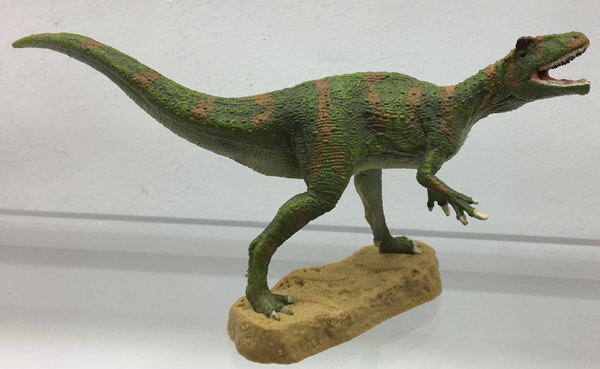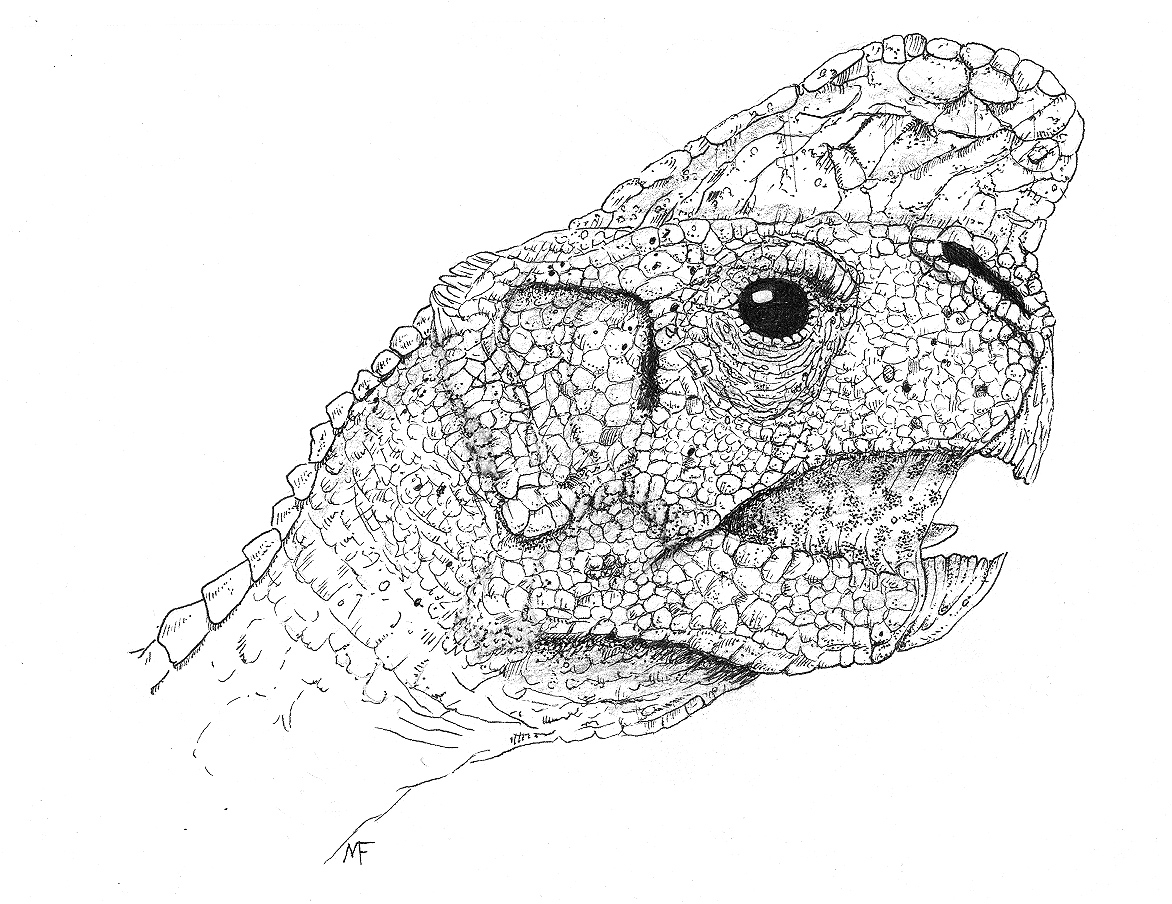Those Curious Coelurosauria are Remarkable Dinosaurs
Complicated “Hollow Tailed” Lizards Such as Fukuivenator
That diverse and very complicated clade of theropod dinosaurs, the Coelurosauria can prove problematical for even the most knowledgeable dinosaur enthusiast to navigate. This time last year, a new dinosaur from Japan was assigned to the “Hollow Tail Lizards” (that’s what the term coelurosaur means), today, we reflect on that dinosaur’s discovery and what it means for dinosaur classification.
Oviraptor Is a Member of the Coelurosauria
Fukuivenator paradoxus
It was in February 2016, that a group of scientists including researchers from the Chinese Academy of Sciences and Japan’s Fukui Prefectural Dinosaur Museum, published in the journal “Scientific Reports”, a paper on a newly described theropod dinosaur that had been assigned to the coelurosaurian clade. This dinosaur was named Fukuivenator paradoxus, the name translates as Fukui Prefecture hunter with surprising characteristics.
A Model of a Japanese Theropod Dinosaur from the CollectA Prehistoric Life Collection

The CollectA Prehistoric Life Fukuiraptor dinosaur model. A model of a Japanese theropod dinosaur. Picture credit: Everything Dinosaur.
Picture credit: Everything Dinosaur
To view models and replicas of prehistoric animals: CollectA Prehistoric Life Models.
Known from approximately 160 fossil fragments, representing around seventy percent of the skeleton of a single animal, Fukuivenator’s remains were first noticed by a field team in the summer of 2007. They were exploring the Early Cretaceous exposures at the famous Kitadani Dinosaur Quarry, which is on the Sugiyama River in the northern part of the city of Katsuyama, Fukui, on the island of Honshu. The remains constitute the most complete non-avian dinosaur fossil found in Japan to date and remarkably, despite having lain in the ground for something like 125 million years, all the fossils were found within a matrix block measuring just half a metre by half a metre (around 0.125 cubic metres).
A Mix of Characteristics
The Coelurosauria clade consists of all those dinosaurs that are more closely related to birds than they are to carnosaurs such as the allosaurs. Essentially, the clade contains non-avian dinosaurs such as the tyrannosaurs, Compsognathidae, ornithomimosaurs and the Maniraptora, within which, is nested those avian dinosaurs – birds. Fukuivenator may only have weighed around twenty-five kilos, but in palaeontology it punches way above its weight, as the fossils reveal that this fast-running two-and-a-half-metre-long dinosaur, exhibits a combination of primitive and derived features seen amongst a variety of theropod groups. Its discovery showed palaeontologists just how diverse the Coelurosaurian theropods could get.
A Combination of Primitive and Derived Traits Identified in Fukuivenator
Whilst the bones of Fukuivenator show a large number of morphological features not seen in any other member of the Theropoda, it did have a combination of primitive and derived traits seen in different theropod subgroups, notably the “raptors” (Dromaeosauridae). Phylogenetic analysis classified, what is arguably Japan’s coolest dinosaur, as a basal member of the Maniraptora. However, other studies indicate affinities with Ornitholestes, from the Late Jurassic of North America.
Using computed-tomography, the delicate bones of the inner ear were analysed. The inner ear bones also showed a mixture of characteristics. The proportions of the bones were similar to those seen in other fast-running dinosaurs, whilst on the other hand, the length of the cochlea duct suggested that Fukuivenator might have had the same auditory abilities of modern birds. Its hearing could have been comparable to the hearing of the birds that we see today.
The researchers concluded that with the discovery of Fukuivenator, the morphological variety within coelurosaurian dinosaurs was certainly increased. Fukuivenator highlights the high levels of homoplasy (features shared by a group of species but not present in their common ancestor), in coelurosaurian evolution.
In addition, examination of the teeth, which although long and pointed, lacked serrations suggested that Fukuivenator may well have been an omnivore.
Fukuivenator made the “Hollow Tails” even more complicated.
Visit Everything Dinosaur’s award-winning website: Everything Dinosaur.


